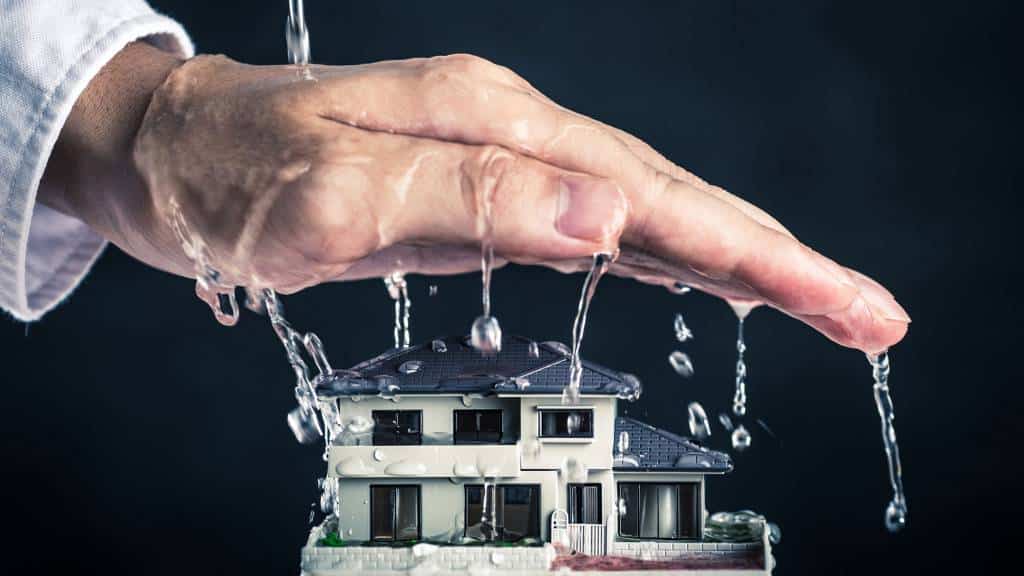Expose Common Roots of Leak Problems Within Your House
Expose Common Roots of Leak Problems Within Your House
Blog Article
On this page down the page you will find some helpful points in relation to How to detect water leaks in your home.

Leakages not only create waste of water but can also trigger unneeded damage to your house and also promote undesirable organic growth. Water leaks could go unnoticed because many of the pipework in our house is concealed. By comprehending and also looking for day-to-day scenarios that trigger leaks, you can protect your home from future leaks and also unnecessary damage. Today, we will check out 6 leakage triggers that may be causing your pipelines to drip.
Instantaneous temperature adjustments.
Extreme temperature level adjustments in our pipelines can cause them to increase as well as get suddenly. This growth as well as contraction may trigger fractures in the pipelines, especially if the temperature are below freezing.
Corroded water systems
As time goes by, your plumbing system ages as well as corrosion such as corrosion may start eating away the pipelines. This might be the source of discoloration or bending on your water pipes. This calls for an examination with your plumber instantly. If our plumbing system is old, think about replacing the pipes since they are at a greater danger of deterioration than the newer versions.
Defective Pipe Joints
The point at which your pipelines attach is often the weakest web link in the waterline. Pipeline joints can weaken in time, causing water leaks. The bulk of pipeline joints are not easily visible. If you have noisy pipes that make ticking or banging noises, especially when the warm water is turned on, your pipeline joints are probably under a lot of stress. It is recommended to have your plumber examine your system yearly.
Trespassing roots
Most water leakages start outside the residence instead than inside it. You might observe damp spots or sinkholes in your yard, and also that may suggest that tree roots are invading water lines creating water to leak out.
Poor Water Connectors
At times, a leak can be created by loose hose pipes as well as pipes that supply your devices. In situation of a water links leakage, you might observe water running directly from the supply line or pools around your home appliances.
Clogged Drains
Obstructed drains might be bothersome and inconveniencing, but they can sometimes end up triggering an overflow bring about break pipes. Maintain eliminating any materials that may decrease your drains pipes that could obstruct them to stay clear of such troubles.
All the above are causes of leaks however not all water leaks result from plumbing leaks; some leakages could come from roof leaks. All leaks need to be fixed instantly to stay clear of water damages.
Leakages not only trigger waste of water yet can additionally cause unneeded damages to your house and promote unwanted organic development. By looking as well as recognizing for day-to-day situations that cause leakages, you can protect your residence from future leaks and also unnecessary damages. Today, we will certainly look at 6 leak triggers that may be triggering your pipes to leak.
At times, a leak can be caused by loose hoses as well as pipes that supply your appliances. In situation of a water connections leakage, you might see water running straight from the supply line or puddles around your appliances.
How To Check For Water Leak In Your Home
How To Check for Leaks
The average household's leaks can account for nearly 10,000 gallons of water wasted every year and ten percent of homes have leaks that waste 90 gallons or more per day. Common types of leaks found in the home are worn toilet flappers, dripping faucets, and other leaking valves. These types of leaks are often easy to fix, requiring only a few tools and hardware that can pay for themselves in water savings. Fixing easily corrected household water leaks can save homeowners about 10 percent on their water bills.
To check for leaks in your home, you first need to determine whether you're wasting water and then identify the source of the leak. Here are some tips for finding leaks:
Take a look at your water usage during a colder month, such as January or February. If a family of four exceeds 12,000 gallons per month, there are serious leaks.
Check your water meter before and after a two-hour period when no water is being used. If the meter changes at all, you probably have a leak.
Identify toilet leaks by placing a drop of food coloring in the toilet tank. If any color shows up in the bowl after 10 minutes, you have a leak. (Be sure to flush immediately after the experiment to avoid staining the tank.)
Examine faucet gaskets and pipe fittings for any water on the outside of the pipe to check for surface leaks.
Undetected water leaks can happen without the home or business owner even realizing. If you suspect a water leak, but not able to find the source. It is time to contact a professional water leak detection service, The Leak Doctor.
How To Find a Water Leak In Your Home
https://www.leakdoctor.com/blog/How-To-Check-For-Water-Leak-In-Your-Home_AE197.html

I have been very serious about Top Causes of Home Water Leaks and I really hope you appreciated our blog post. Do you know someone else who is curious about the subject? Why not share it. I appreciate reading our article about Top Causes of Home Water Leaks.
Premium service for plumbing emergencies. Report this page